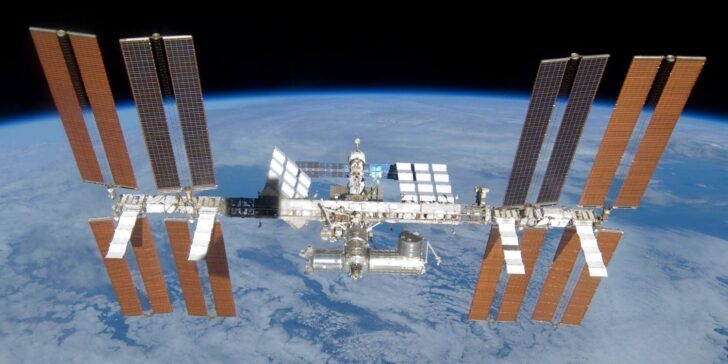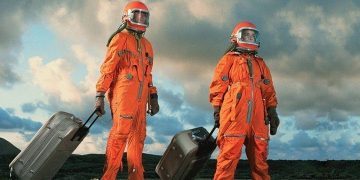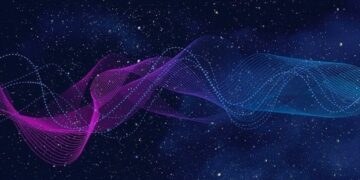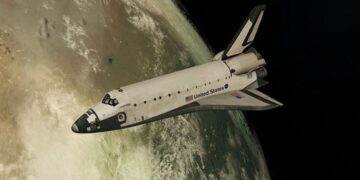We all know that the International Space Station (the ISS) is orbiting our planet.
Some might know that important scientific experiments are routinely carried out on the ISS, but to the average person, that’s about it!
We’re here to shine some light on this technological marvel with some of the best facts, so buckle up and prepare for blast-off – it’s going to be quite the ride!
The International Space Station was constructed between 1998 and 2011.
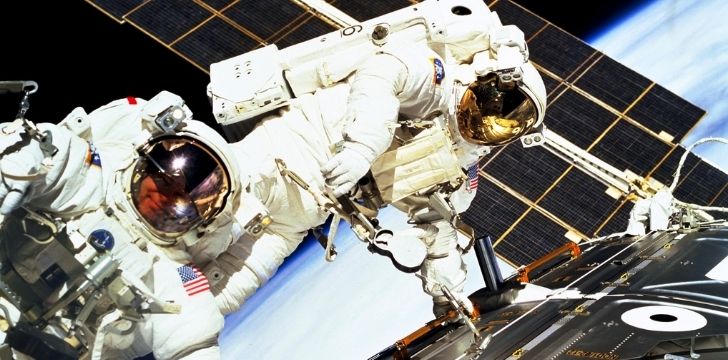
The ISS wasn’t created by just one nation but an extensive collection of different national space agencies.
Some modules were created by the US, and others were created by Russia, Europe, Japan, and Canada throughout the 90s and early 2000s.
The actual assembly began in 1998 when the first module, the Russian-made Zarya, was launched on a Russian Proton rocket.
The rest of the modules were all ferried to the ISS by NASA’s Space Shuttles.
It wasn’t inhabited until 2000.
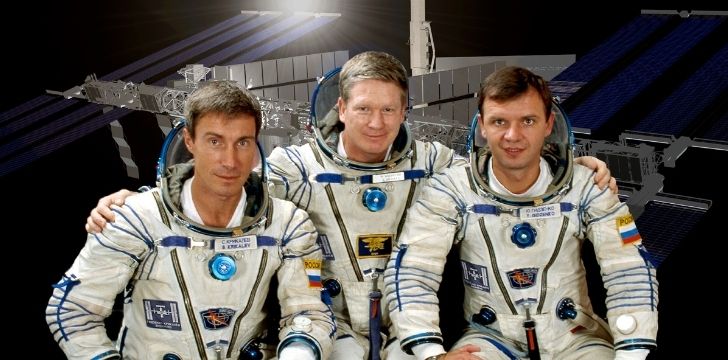
The first crew to live aboard the ISS were shipped there on the Russian-built Soyuz TM-31 spacecraft as Expedition 1 in November 2000.
The three-person crew consisted of two Russian cosmonauts, Yuri Gidzenko and Sergei K. Krikalev, and an American astronaut, Bill Shepherd, acting as the mission’s commander.
All three had a large amount of experience in space already, with Krikalev having already spent an entire year in space aboard the Soviet MIR Space Station.
The ISS is constantly evolving.
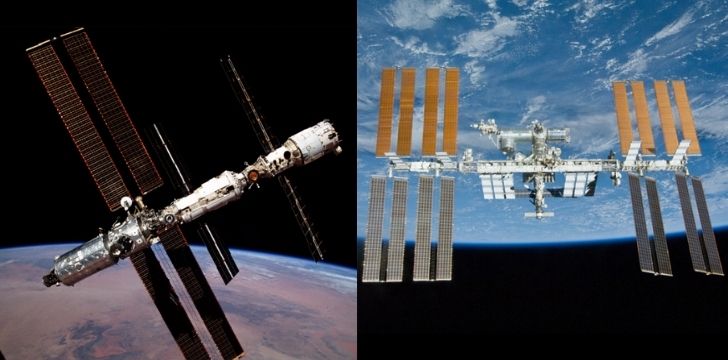
By 2011, the space station had accumulated more than 150 different components and fourteen pressurized modules, with astronauts clocking more than 1,000 hours in space, connecting all the pieces.
Five more modules were added in the following eleven years, with more modules already in the works.
Astronauts aboard the ISS have to do intense daily exercises.
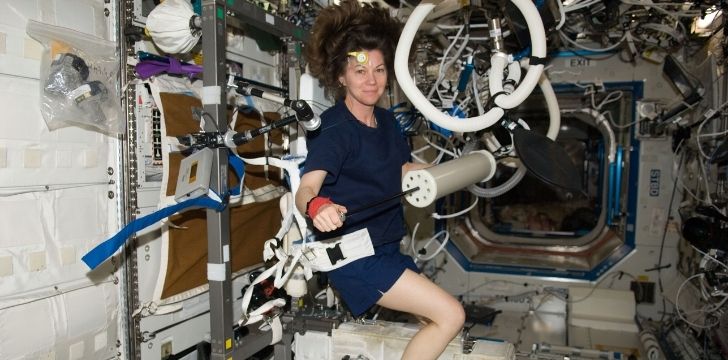
Funnily enough, living up in space isn’t good for the human body.
One of the most significant factors is the near-absence of gravity, which can cause an astronaut’s bones to lose density and make their muscles slowly fade away.
This is where exercise comes into play, as this can help prevent these issues.
The crew aboard the ISS can see the sunrise and set 16 times in 24 hours.
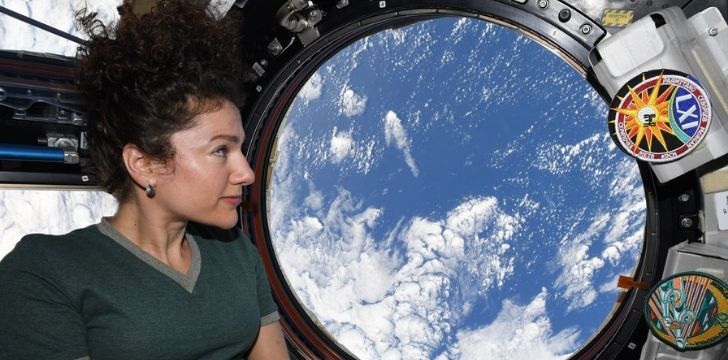
This happens because the ISS orbits the Earth once every 1.5 hours. As you can imagine, this can absolutely wreak havoc on astronauts’ sleep schedules.
Because there is only microgravity on the ISS, astronauts can’t simply lie down in bed.
Instead, they sleep in sleeping bags attached to the walls of the crew cabins – tiny compartments that are just large enough to fit a person inside.
Most research conducted aboard the ISS focuses on living in space.
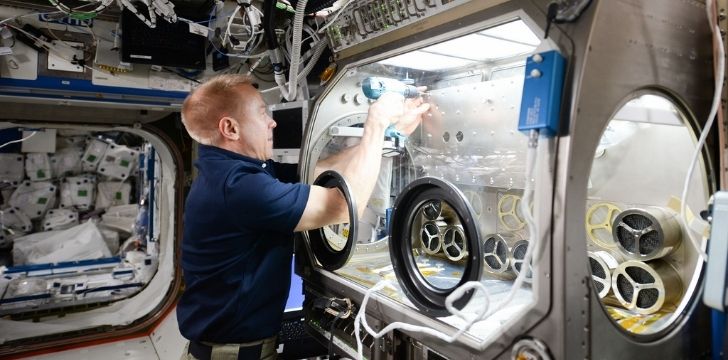
When the astronauts aren’t sleeping, eating, or relaxing, they conduct advanced scientific experiments.
Experiments include trying to grow plants in microgravity, testing how well microbes can survive in space, studying how space affects DNA, and even whether normal human reproduction is possible!
The latter hasn’t been tested on humans yet, but several animal tests have been done, which don’t look favorable.
Some of the experiments done on the ISS look deep into the stars.
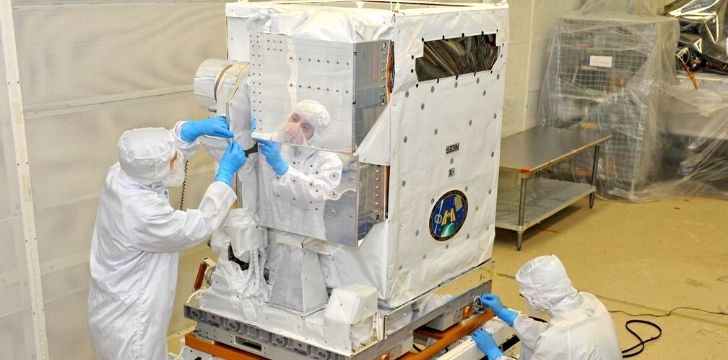
Some of the ISS’s instruments are designed to look out into the universe to better understand what’s happening.
One instrument, NICER, studies the densest object in the universe, neutron stars.
On the other hand, the Alpha Magnetic Spectrometer is being used to try and capture and analyze cosmic rays, which are some of the fundamental components of the universe.
This, in turn, is being used by physicists to try and learn more about the origins of the universe.
The ISS is likely the single most expensive object ever built.
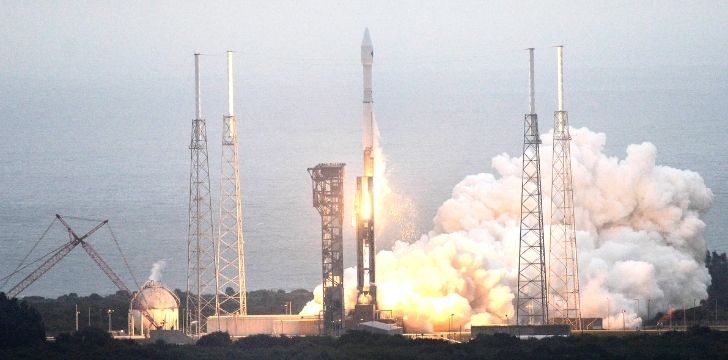
By 2010 the total cost had already reached $150 billion, with the US contributing $58.7 billion, $12 billion from Russia, $5 billion from Japan and Europe, and $2 billion from Canada.
The rest of the money went into ferrying components and astronauts to and from the ISS aboard various spacecraft, which doesn’t come cheap!
The longest time spent on the ISS by an astronaut is 340 days.
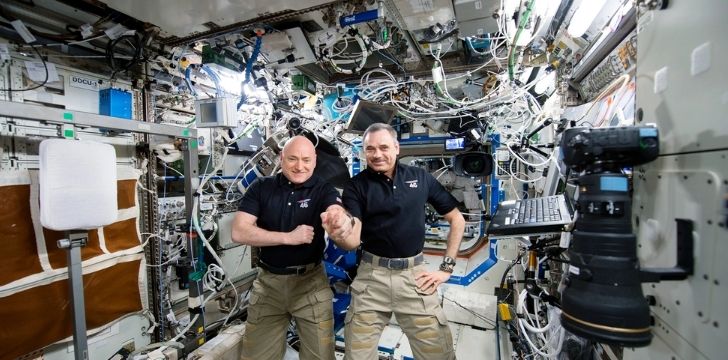
Russian cosmonaut Mikhael Kornienko and American astronaut Scott Kelly were the lucky two who got to spend the record-breaking time aboard the ISS.
The most exciting experiment required little to no work on behalf of the astronauts, as they studied the long-term effects of being in space.
Scientists were able to make accurate comparisons, as they were able to study both Scott Kelly and his Earth-bound identical twin brother, Mark.
It won’t stay up in space forever.
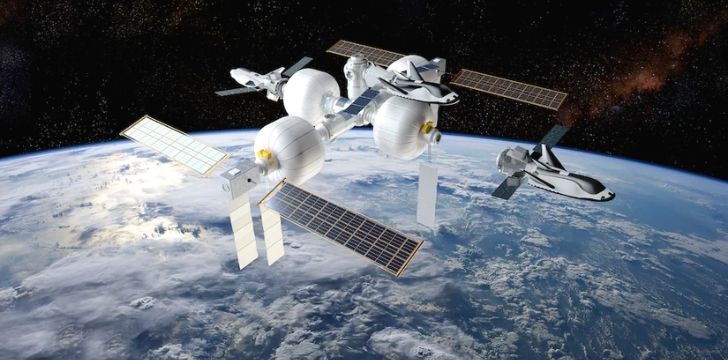
Many of the modules on the ISS are already quite dated as the technology used has advanced by leaps and bounds since they were created.
This means that while the ISS could theoretically stay in space for much longer than planned, it will eventually become useless.
The ISS’s time in space has already been extended a few times, but its end is now in sight.
In January 2022, NASA announced plans to de-orbit the ISS in January 2031 and crash it into a remote part of the South Pacific Ocean.
All good things must come to an end, but it will still be sad when we look up at the night sky and can no longer be able to see the ISS blinking back at us.
The ISS will always remain a beacon of hope for peaceful and productive international cooperation.
We hope you come away from this not just informed but inspired about all the possibilities the ISS has opened up for the Human race!

